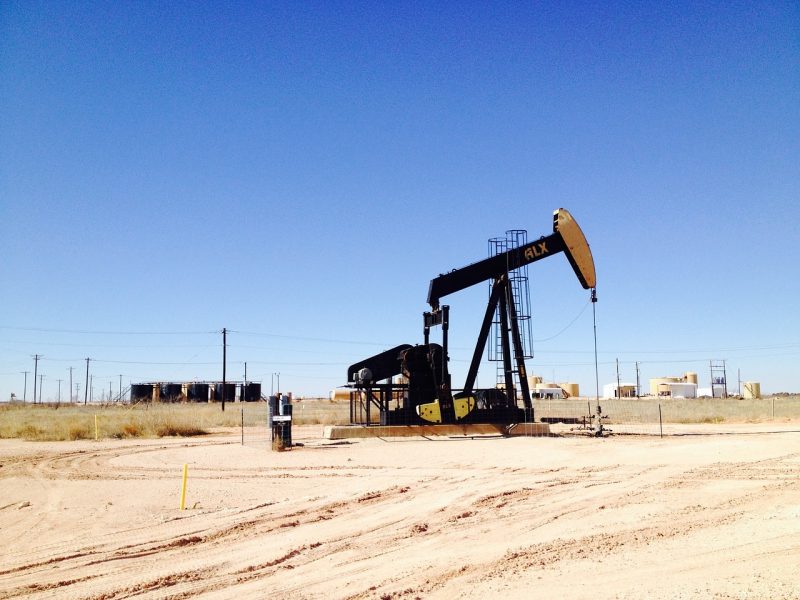Fracking is linked to increased rates of sexually transmitted infections in Ohio, according to research published in PLoS ONE by academics at the Yale School of Public Health.
Hydraulic fracturing, also known as fracking, uses pressurized liquid to penetrate deep into rock and extract natural gas.
The practice is controversial, and often met with opposition by residents in communities with planned fracking projects. In May 2018, residents in Colorado protested a proposed project near a school in Weld County. They expressed worries about safety and the environment. Research points to a number of concerns, including contaminated groundwater, potential health risks from silicosis to congenital heart defects and a number of environmental effects, such as air pollution and surface spills. There are also broader external costs, like damage to local roads from the heavy trucks involved.
Now research points to another indirect concern. Because fracking requires the in-migration of trained laborers to operate drilling rigs, the authors write, it “commonly involves the formation of ‘work camps’ composed of relatively young male workers.” They cite previous research that has established links between other migratory labor movements and the spread of sexually transmitted infections, and produce evidence for a similar trend within this industry.
To investigate the link between fracking and sexually transmitted infections (STIs), the researchers studied data collected by the Ohio Department of Health from 2000 to 2016 on rates of three STIs: chlamydia, gonorrhea and syphilis. They estimated the incidence rates of these infections by year and county and compared this data with information collected about the locations and permit issue dates of shale gas wells.
Specifically, they find:
- Ohio counties with high fracking activity (more than 10 wells) had 21 percent higher rates of chlamydia and 19 percent higher rates of gonorrhea compared with counties with no fracking.
- There was no association between fracking and syphilis rates. The authors note that most recent cases of syphilis have occurred among men who have sex with men. “If most of the increased STI risk in communities associated with shale gas development is due to heterosexual transmission, then we would not expect to see a link with syphilis in this ecologic analysis due to the relatively small proportion of the male population that has sex with other men,” they conclude.
- STI rates increased with fracking activity among both men and women in the counties studied.
- Because the gas drillers are transient, the researchers point out, they might not have been tested and treated for STIs in Ohio while they worked there, and thus might not be included in the Ohio Department of Public Health data. Regardless, they write that the findings indicate “sexual mixing patterns” between migratory workers and permanent residents and that continually increasing STI rates, even as new fracking permits declined, point to the fact that transmission continues to occur even after the workers leave — a broader public health concern.
The authors suggest that local public health efforts might target STI prevention in communities with increased fracking activity.


Expert Commentary